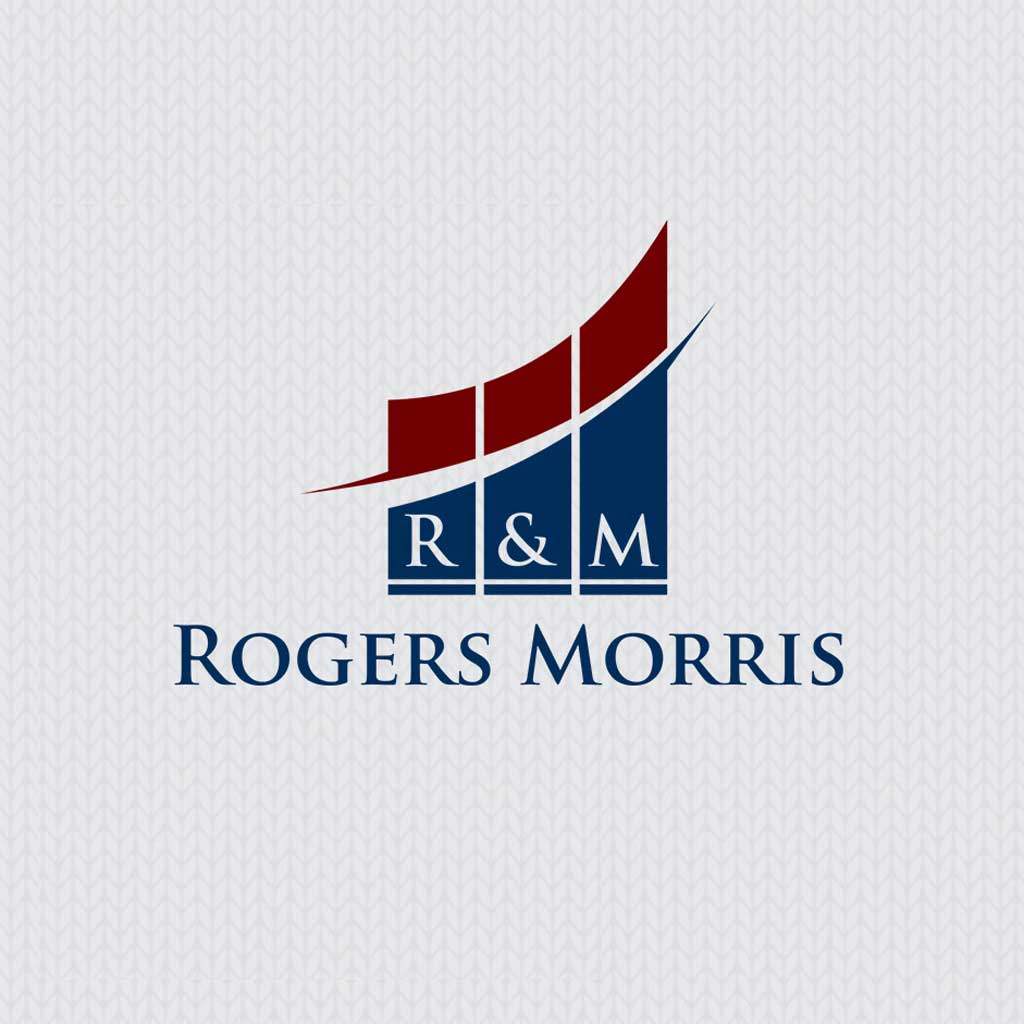The commentary above in relation to blue-chip shares also applies to this section.
By the term ‘Dividend Stocks’ I am referring to the ordinary shares of companies that are listed on the ASX and fall within the S&P/ASX 20 index. These are Australia’s 20 largest (by market capitalization) companies whose ordinary shares are listed on the Australian Stock Exchange (ASX).
I have often heard financial commentators suggesting that retirees and others seeking a regular income and capital protection should invest in so-called ‘dividend stocks’. That is, the ordinary shares of blue-chip companies paying a high percentage of their profits as dividends to shareholders. By this they really mean that the dividends you can reasonably expect to receive on your investment is higher than the interest you could reasonably expect to receive by placing the funds on deposit with one of the’Big-4’ Australian banks.
These financial commentators are wrong. The flaw in their recommendation is, the price of an ordinary share issued by a blue-chip company paying a high proportion of its profits as dividends is not stable. Share prices are volatile, some would say highly volatile. Dividend stocks are also not redeemable, so if the share price drops you cannot wait until the instrument matures for your capital to be returned – as you can with a corporate or government bond.
Expected Return-for-Risk:
A similar argument and conclusion applies to ‘dividend-stocks’ as to blue-chip shares. Although the commentary on blue-chip shares did not cover the payment of dividends, investors when estimating their expected returns take into account not only the entry and exit prices but also dividends, returns of capital and other cash flows relating to their investment.
Companies that have generally been referred to as dividend stocks (such as CBA, ANZ and Telstra), have experienced substantial volatility over the past 5 years. From their respective high prices over the 5-year period, CBA dropped 26% over 11 months, the ANZ dropped 40% over 11 months and Telstra dropped 24% over 20 months.
Even if the company pays a fixed amount per share as a dividend, your ultimate return is highly likely to differ from the dividend yield that applied to the amount of your investment. Your ultimate return will be higher or lower depending on the price at which you sell your shares. And despite your dividend yield being higher than the rate of interest on a fixed deposit, your ultimate return could (if the share price drops) be well below the interest rate you could have earned on the fixed deposit.
Given that the expected return on dividend stocks is similar to other blue-chip shares, it is well below the rate of return required to compensate one for such a high level of volatility.
Prepared by: Mark Morris
